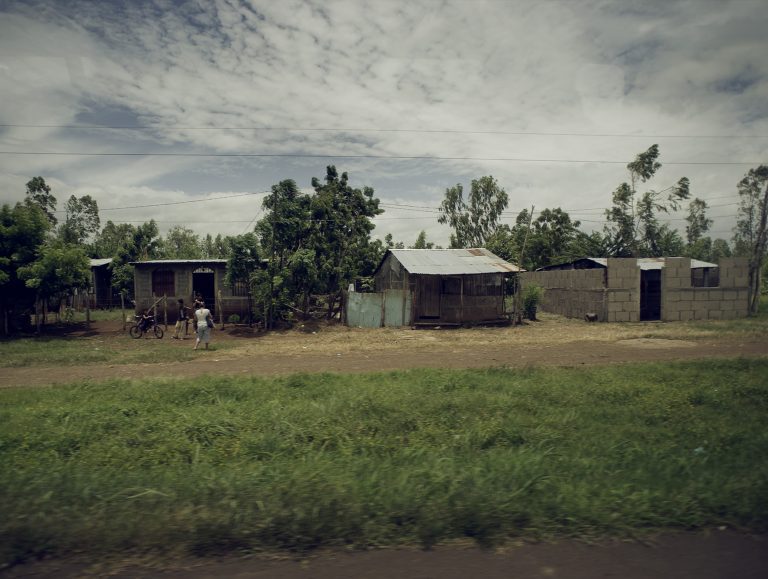Bamboo houses could offer sustainable and affordable housing for the poor in rainy Nicaragua. Yet many despise the ‘poor man’s timber.’
Four students (three from TU faculty Architecture and one from Utrecht University) are taking half a year off to develop sustainable housing for the village El Rama in Nicaragua. By using the ubiquitous bamboo as construction material, they aim to develop a blueprint for social housing on a local and ecological sound basis. Although the project is not a part of their study, the students do have the support of Professor Andy van den Dobbelsteen and Alexander Vollebregt of the faculty of Architecture.
The students, working together under the name Shortsighted Architecture, visited the village El Rama last year. That was in the wet season, when five times more rain falls than in the Netherlands in a year. On their website they explain, ‘78 percent of the people live in bad quality and relatively expensive houses or do not have a home at all.’ The most common sort of housing is a concrete box with a tin roof.


The students think they can outperform these houses easily with flexible houses of which the frame is made from large bamboo poles bound together. The walls filling the bamboo frame may be made from a variety of materials including braided bamboo with a stucco finishing or ramped earth (sand and clay).
Large overhangs from the roof should protect the walls as much as possible against the rains. The large roof is facing east, where most of the rain comes from. Wind over the roof opening at the lee side draws used air and smoke away from the house.
The students have high hopes of bamboo. It’s cheap, it grows faster than the national debt and it’s abundant. The students tackled the image problem of bamboo as the ‘poor man’s timber’ by showing people wonderfull bamboo constructions made elsewhere and also by telling them that bamboo was highly regarded in the West.
Another issue with bamboo is its tendency to rot away when wet. That’s why the students in their design shield the bamboo from the rain as much as possible.


Contacts were made with local parties varying from Bluefields Indian and Caribean University (BICU) to the local carpenter workshop. The students will design and build a prototype of the bamboo house as a residence for students from the BICU staying over in the forest. The BICU farm is some twelve kilometres from El Rama village over a muddy road.
The house will also contain a water storage basin where rain water from the roof will be stored after filtering. Ties Temmink (Utrecht) will experiment with a charcoal filter filled with slowly burned bits of bamboo.
The blueprint and the experience from this first bamboo house should then serve as a flexible template for affordable social housing from local materials and built by local people. That’s what short-sighted means in the students’ eyes: finding your solutions locally.


With the crowdfunding counter at a third of their goal (15,000 euros) and another month to go, student Max Verhoeven has no doubt the funding target will be met. And anyway, the tickets for February 5th have been booked. Contributors will receive a two-weekly update on the project, Verhoeven promises. Or they can become friends on Facebook.
‘The students’ are Ties Temmink (master water management, Utrecht), Max Verhoeven (bachelor architecture TU Delft), Laurens van der Wal (bachelor architecture TU Delft) and Juan Carlos Gaveria Morena (MSc. real estate & housing).



Comments are closed.